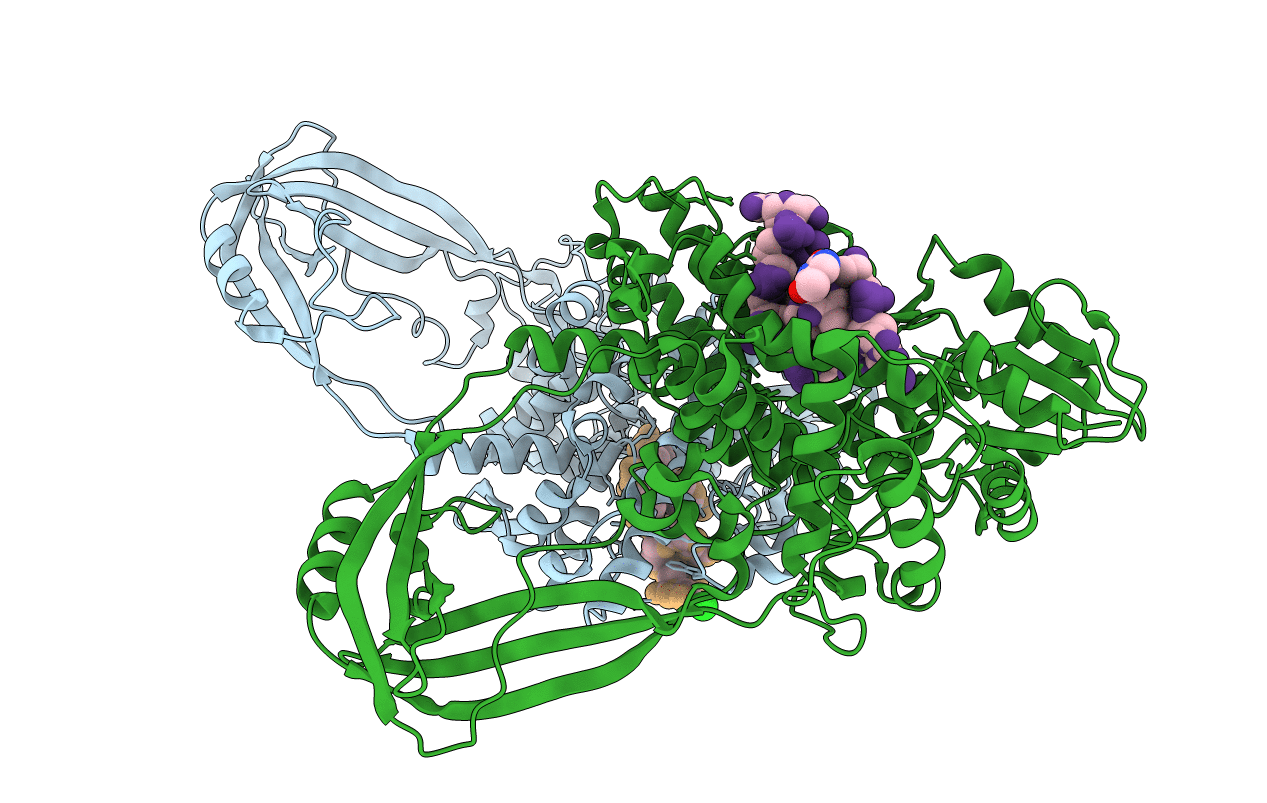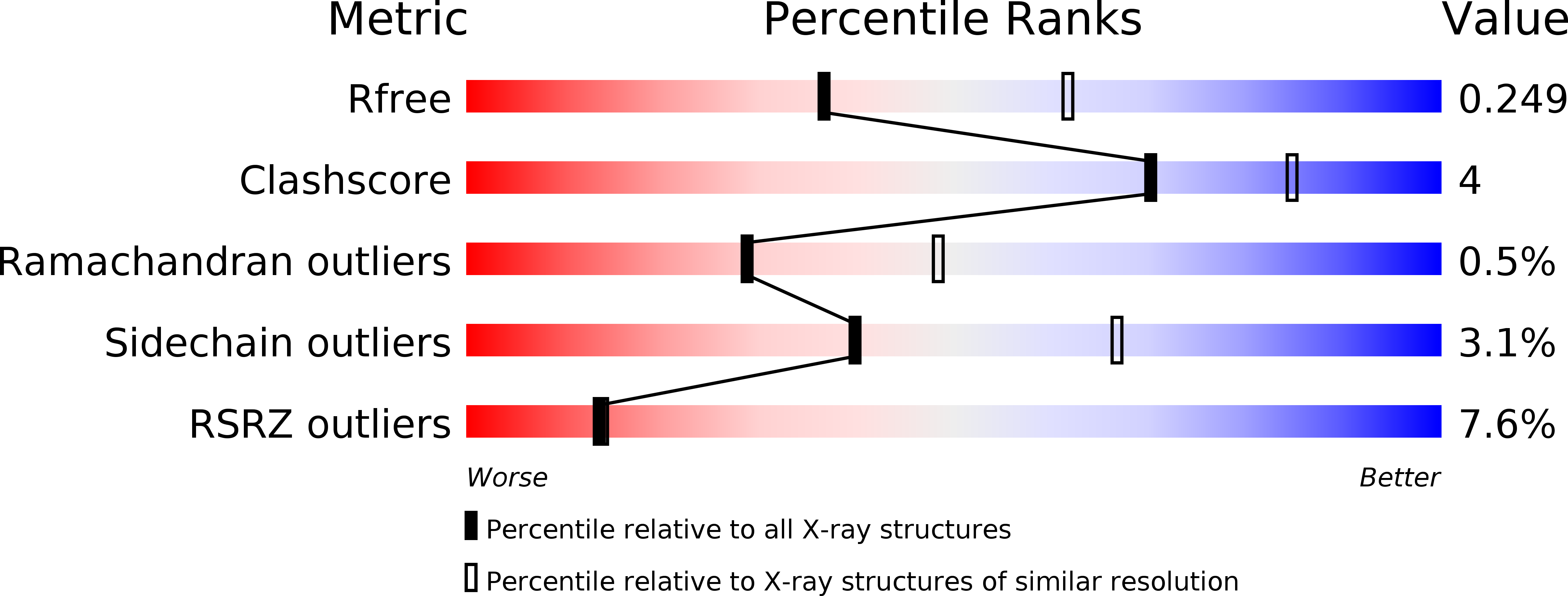
Deposition Date
2006-12-05
Release Date
2007-04-03
Last Version Date
2023-08-30
Entry Detail
PDB ID:
2O5E
Keywords:
Title:
Structure of E. coli topoisomerase III in complex with an 8-base single stranded oligonucleotide. Frozen in glucose pH 7.0
Biological Source:
Source Organism:
Escherichia coli (Taxon ID: 562)
Host Organism:
Method Details:
Experimental Method:
Resolution:
2.50 Å
R-Value Free:
0.26
R-Value Work:
0.21
R-Value Observed:
0.21
Space Group:
P 43 21 2


